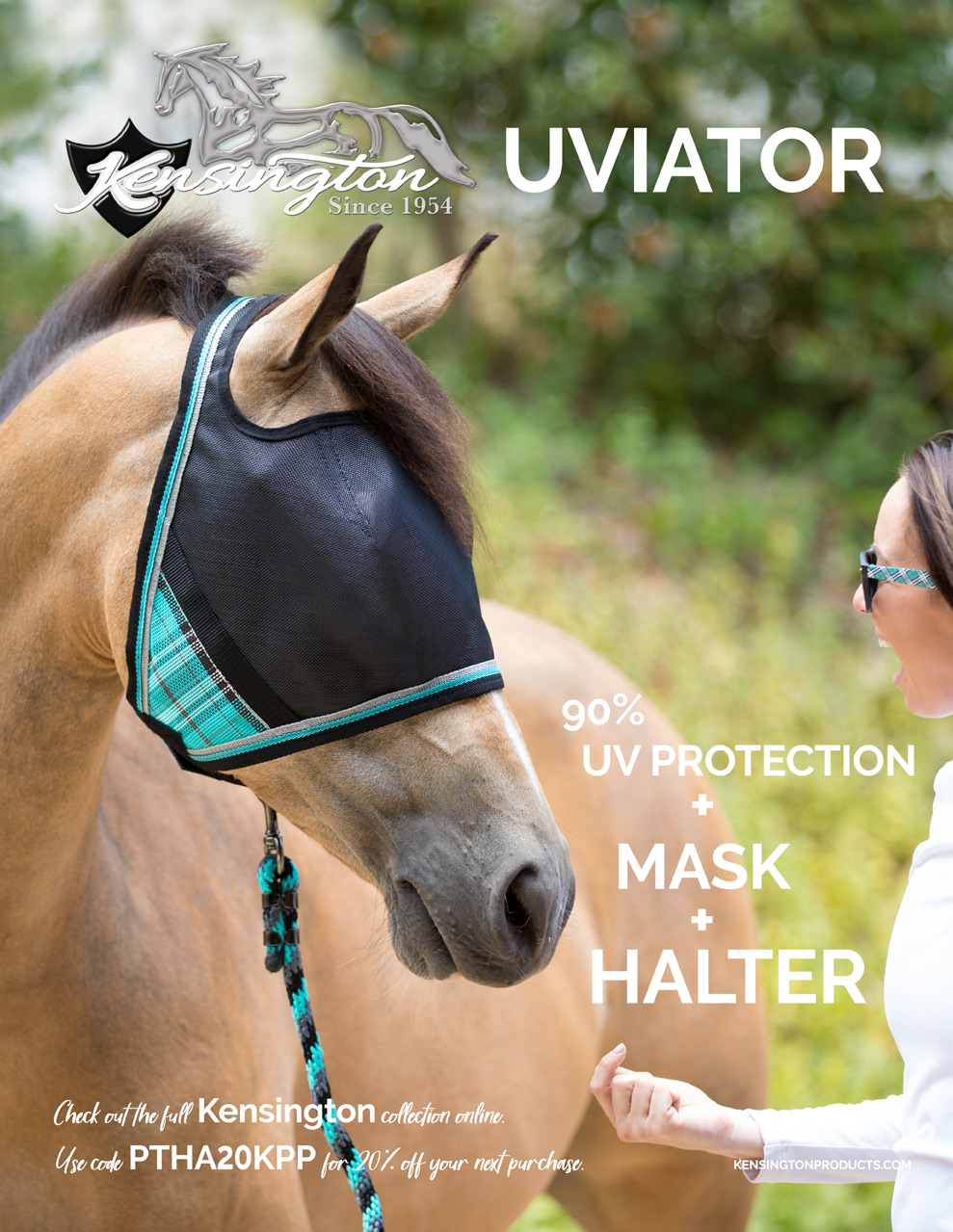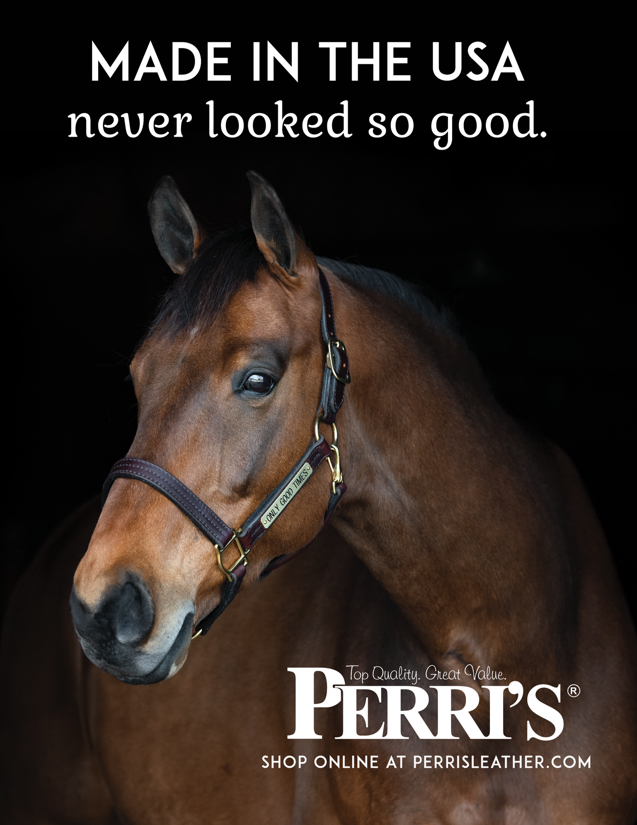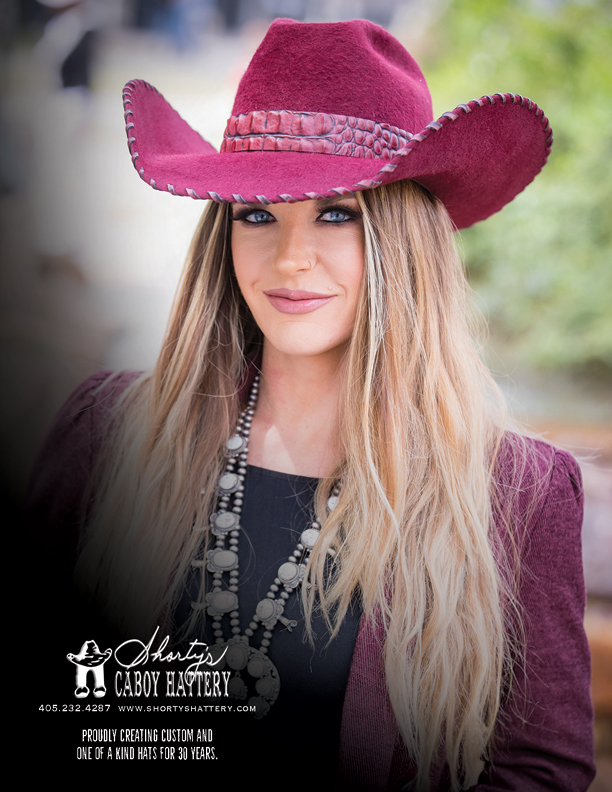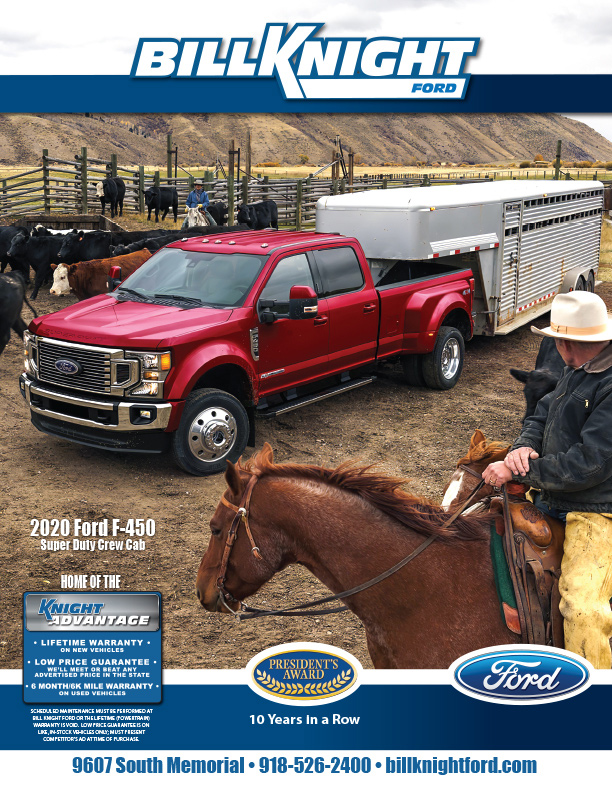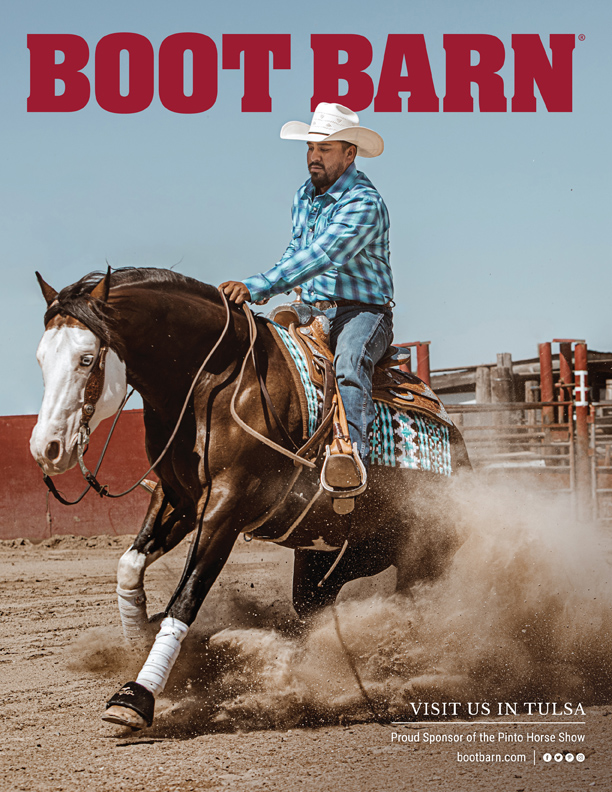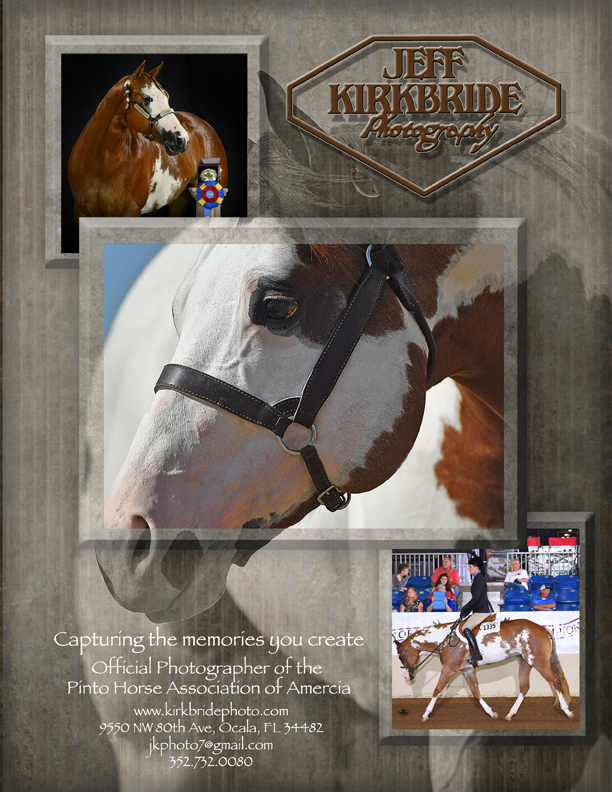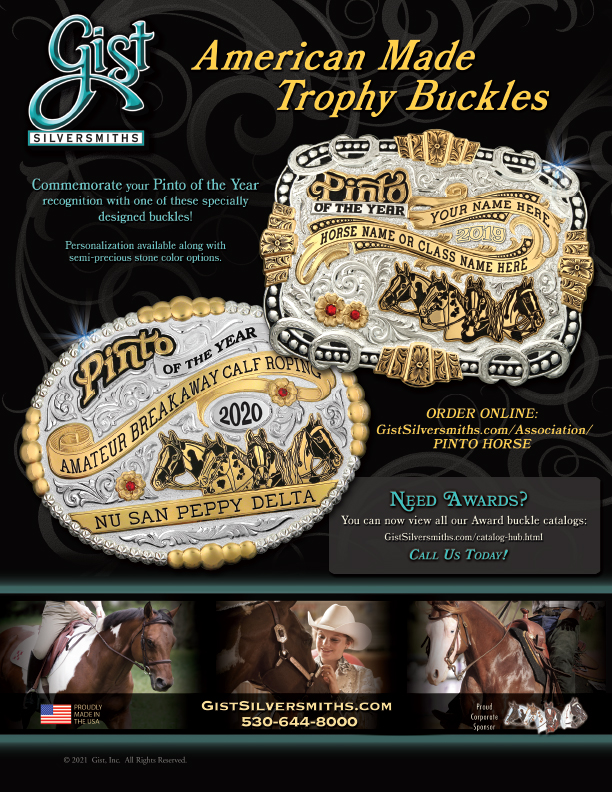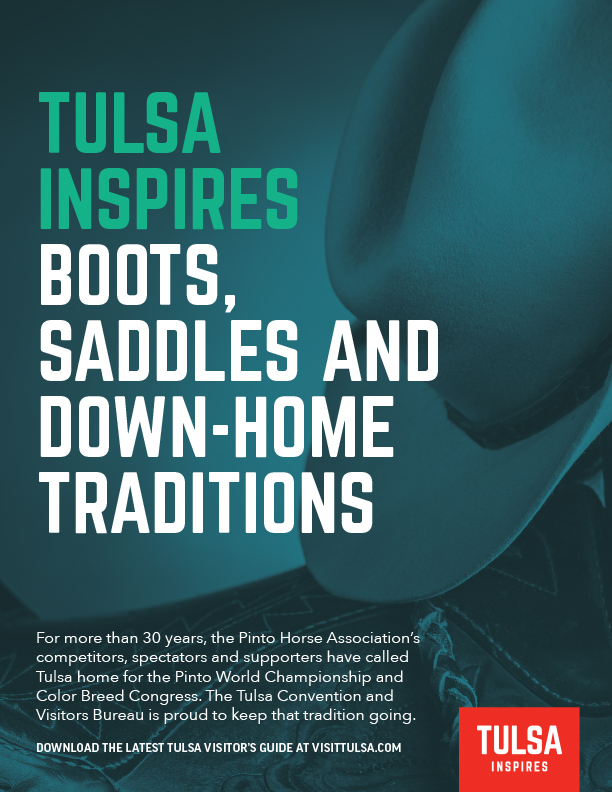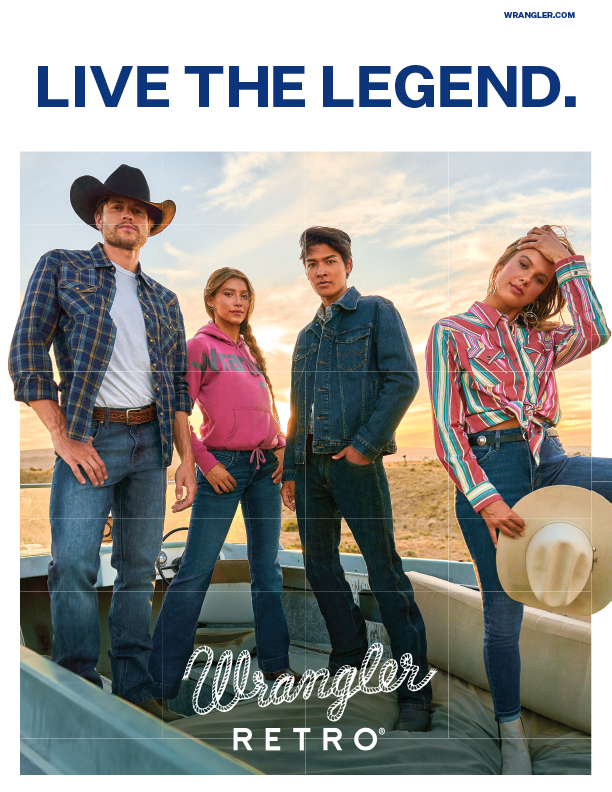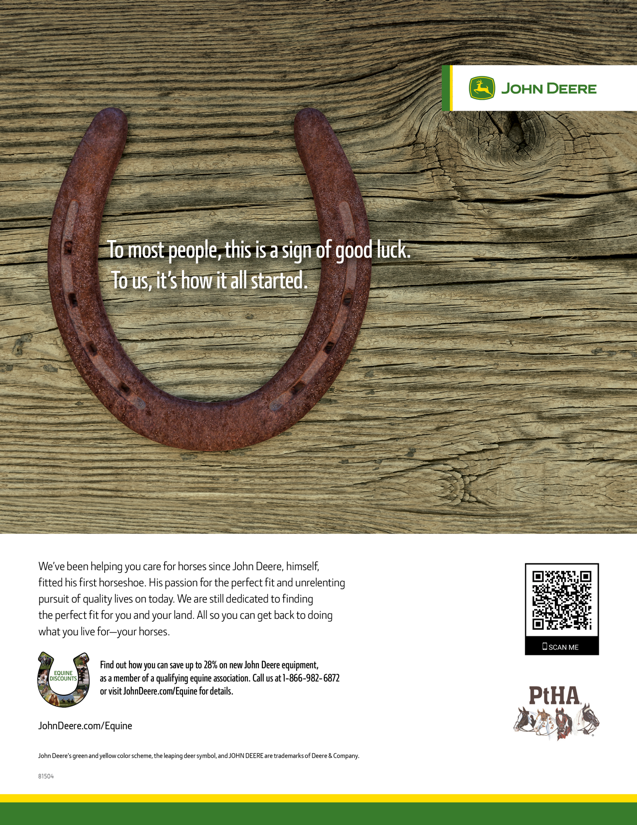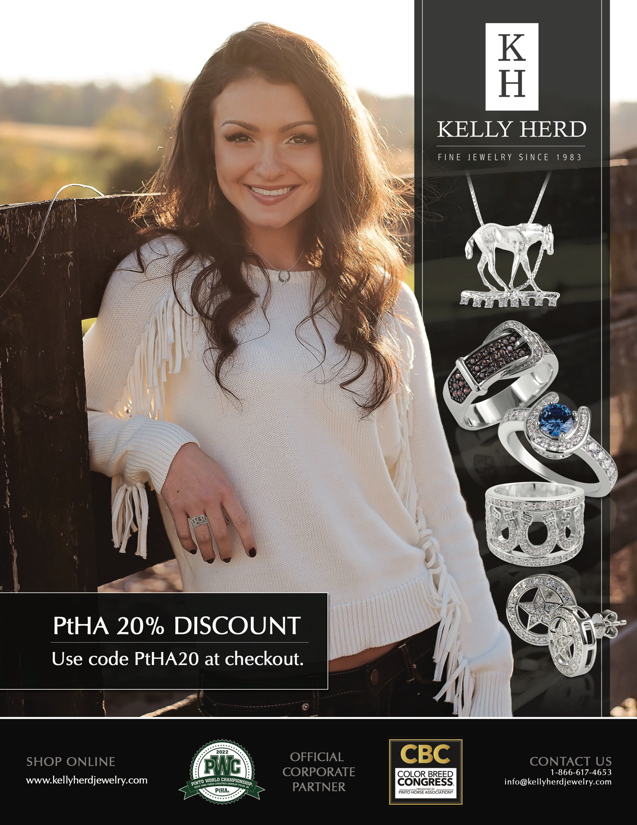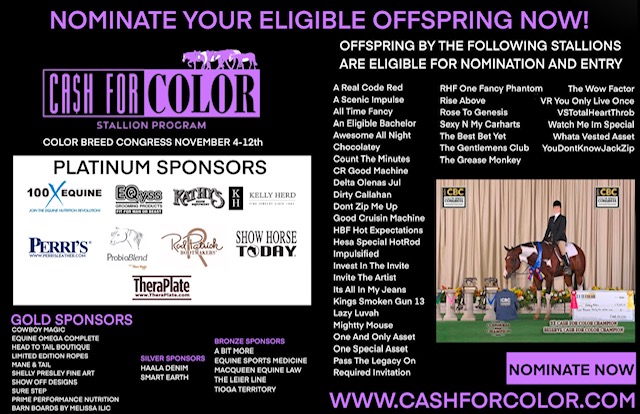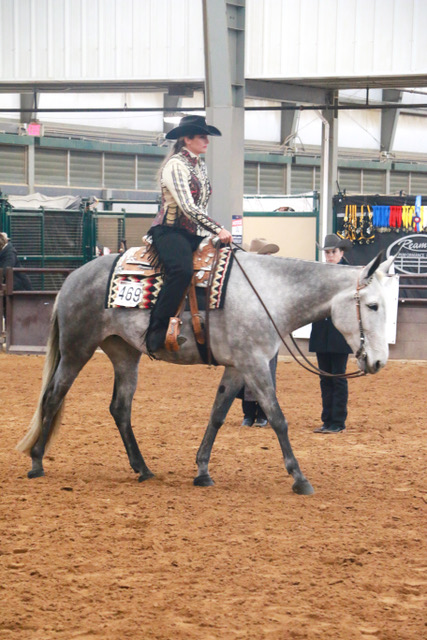
Horses, Donkeys and Mules. What’s the Difference?
When most people think of a horse show they think of horses and riders performing in various classes competing for prizes and championship titles. But what if people were told donkeys and mules perform in the same type of classes? For most it would be hard to believe that mules and donkeys can perform in the same type of horse disciplines and perform to a high degree of difficulty.
Sharon Wellmann, a horse trainer and previous AQHA judge and chairman of ABRA Judges Committee who now resides in Conroe, Texas, had a fascination with horses from a young age. Wellman is from the east coast and growing up was always talking about riding horses.
“My grandpa bought me my first pony and then paid for my first set of riding lessons and I never looked back from there,” Wellmann said.
When she first started riding she rode hunter jumpers, but later shifted as she enjoyed riding in western events, Wellmann added. She continued to pursue a career in training horses, but followed her parents advice and received a college degree from Texas A & M, Wellmann explained.
“After college I began my career as a horse trainer, and I had clients who were going to the Pinto World Show and that is how I got involved from there,” Wellmann said.
She was excited to discuss the similarities and differences between horses, donkeys and mules. Wellmann expected to continue pursuing her passions with horses, but stumbled on an opportunity to learn more about donkeys, she added.
“One of my client’s granddaughters needed to learn how to lope a donkey and asked for my help,” Wellmann said. “The same client was also raising miniature donkeys at the time and I was sent a mule to ride, so that is how the journey began.”
After spending time with donkeys Wellmann decided she wanted to try a new direction and begin working with mules, she added.
“With training mules and donkeys it is a longer process than with horses, you can normally count on years of training and commitment,” Wellmann said.
Wellmann discussed and highlighted similarities between horses, donkeys and mules from her experience of showing all three types of equines.
“When it comes to riding everything is the same as far as feeling the equine and gaining responsiveness,” Wellmann said. “As two year-olds, donkeys and mules can start being broke to ride and in all three equines you want to maintain control, focus on their frame and quality of movement.”
Mules and Donkeys can be more stubborn in their ways and can be challenging to train and it is important to have patience, Wellmann said.
“It can be harder to gain the respect of a donkey or mule, but once you get it, they start looking to you for answers,” Wellmann. “Male mules in particular are more difficult to handle because their instincts tell them to protect themselves.”
Based on the stereotype, mules can be categorized as unintelligent equine, but Wellmann says, “I would disagree as Mules don’t easily forget, they have a different thought process than you would think.”
Although they are similar, donkeys and mules are just as equally different, Wellmann admitted.
“Mules have more athletic ability being crossed with a horse and can change in body movement more easily than donkeys,” Wellmann said.
Mules and donkeys show in the same type of classes as horses as they have the opportunity to show their strengths, Wellmann said.
“There are halter, showmanship, hunter under saddle, pleasure, obstacle driving, trail, speed events and many more classes for donkeys and mules as they can do all disciplines,” Wellmann said.
At most horse shows exhibitors like to get their horses out and lunge them in warmup arenas, but for donkeys and mules having an open round pen is the best method of exercise, Wellmann explained.
“Having more of an open space to exercise really helps,” Wellmann said. “ Donkeys and mules love the dirt so much and allowing them to run and roll in the dirt allows them to be themselves.”
More recently, exhibitors showing in the long ear divisions have brought their game as they focus on the overall quality of the presentation of the equine, Wellmann explained.
“We are showing in the same type of outfits you see people showing horses in,” Wellmann said. “Sparkles and all!”
Wellmann recognized PtHA and the Long Ear Futurity at the Color Breed Congress show coming up in November.
“I am so thankful we have the opportunity to compete in the Long Ear division as this opportunity gives our mules and donkeys credibility,” Wellmann said. “People have stopped us at shows as they are eager to learn more about showing mules and donkeys.”
The Color Breed Congress show is just around the corner. Be sure to checkout the Long Ear Futurity in conjunction with our Color Breed Congress showing starting November 4th in Tulsa, Oklahoma. You won’t want to miss it.


